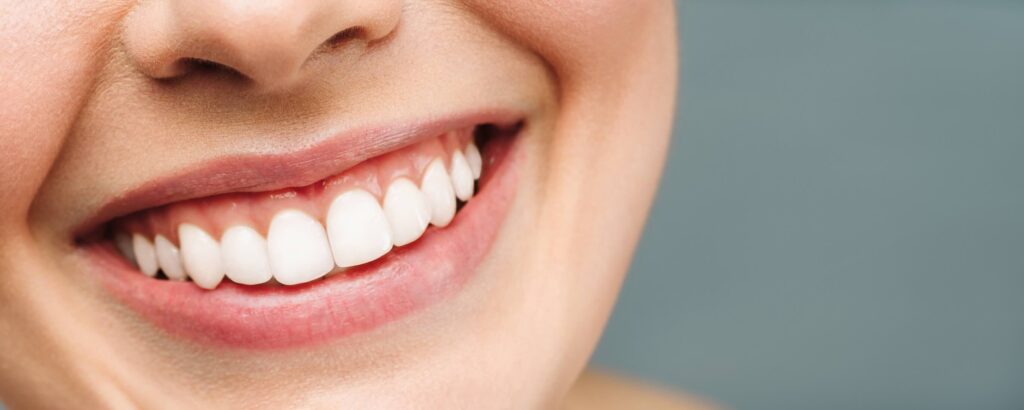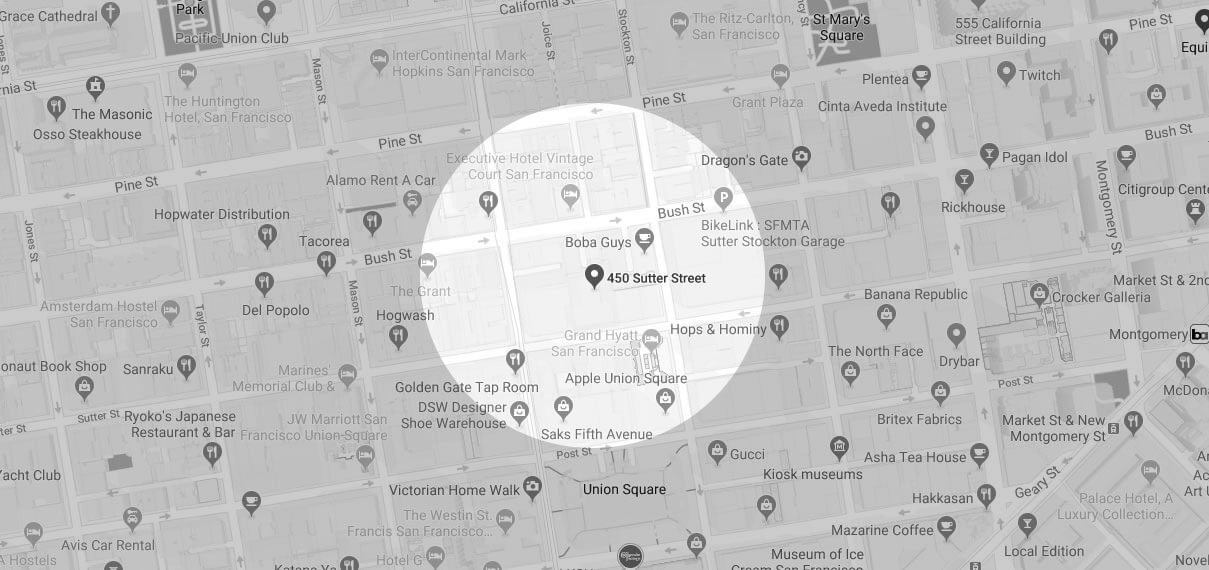As a practicing dentist at "My Dentist San Francisco", I, Dr. Leyli Shirvani, have frequently encountered various dental emergencies. This realm of dentistry, often sidelined until an urgent situation arises, demands immediate attention and specific expertise. Drawing from my extensive experience, I aim to shed light on emergency dentistry's intricacies, emphasizing its significance in dental care. This guide is crafted to provide profound insights into emergency dentistry, equipping you with the knowledge to recognize, handle, and understand the importance of timely intervention in such situations.

Emergency dentistry encompasses situations where immediate dental care is imperative. My journey in this field has taught me that the difference between saving and losing a tooth can hinge on the quickness and adequacy of the response. This guide will navigate you through the typical scenarios encountered in emergency dentistry, the signs that warrant immediate attention, and the steps to take when faced with such a situation.
Having faced numerous instances of dental trauma and crises, I have come to understand that the key to managing these emergencies is a blend of prompt action and informed decision-making. This article intends to impart that knowledge, highlighting the various treatments and technologies available in emergency dentistry today. Whether you are a patient, a caregiver, or simply looking to broaden your understanding, this guide aims to provide a comprehensive overview of what emergency dentistry entails.
Understanding the nature of dental emergencies is critical for effective treatment. As a seasoned dental practitioner, I can affirm that identifying these scenarios accurately can often be the difference between a swift recovery and prolonged complications. This guide will delve into the common types of dental emergencies, their signs and symptoms, and the preventive measures one can take. I will also discuss how we, as dental professionals, approach these emergencies, emphasizing the role of advanced technology and patient education in this domain.
Understanding Dental Emergencies
A dental emergency can be any condition involving the teeth, gums, or jaw that requires immediate medical attention. As a dentist, I consider educating my patients about these emergencies paramount, as timely intervention can often save teeth and prevent further complications. The most common emergencies I encounter include severe toothaches, chipped or broken teeth, knocked-out teeth, and infections, each requiring a unique approach to treatment.
Recognizing the signs of a dental emergency is critical. Symptoms such as severe pain, bleeding, swelling, or a noticeable change in the oral cavity should not be ignored, as they can indicate more severe underlying issues. For instance, a knocked-out tooth needs immediate reinsertion or preservation in a suitable medium like milk or saliva, while an infection might require antibiotics before any physical treatment.
Prevention plays a key role in minimizing the risk of dental emergencies. I advise my patients on various preventive measures, such as wearing mouthguards during sports, maintaining good oral hygiene, and regular dental check-ups. Educating patients about the causes and prevention of dental emergencies is an integral part of my practice, as it helps reduce the frequency and severity of these incidents.
In my experience, patients who are aware of what constitutes a dental emergency and the steps to take when one occurs are better prepared and more likely to avoid long-term complications. This knowledge not only helps in managing the situation effectively but also reduces anxiety and panic, which is common during such emergencies. Understanding these aspects is not just about dental health but also about overall well-being and peace of mind.
Handling Dental Emergencies
In the event of a dental emergency, the first and foremost step is to remain calm and assess the situation. Immediate actions can significantly influence the outcome of the emergency. For instance, in the case of a knocked-out tooth, gently attempting to reinsert it back into the socket can be a crucial step. If this isn't possible, preserving it in milk or saliva is essential for the viability of the tooth.
Knowing when to seek immediate dental care is imperative. Situations like severe pain, swelling, or a lost tooth are indicators that waiting can exacerbate the issue. In my practice, I urge patients to contact their dentist immediately in such scenarios. Delaying treatment can lead to severe complications and reduce the chances of a successful outcome.
At-home care can be a valuable interim solution while waiting for professional care. Simple measures, such as rinsing the mouth with warm salt water, can alleviate pain and reduce bacterial load in cases of infection or swelling. However, these measures are not substitutes for professional treatment but rather temporary solutions to manage symptoms.
As a dentist, my role in emergency situations is to provide prompt and effective treatment. This might include procedures like root canals, crowns, or extractions, depending on the severity of the situation. The immediate goal is to alleviate pain and address the emergency, followed by planning any necessary follow-up care to ensure long-term dental health and stability.
Treatment Options in Emergency Dentistry
Restorative treatments play a significant role in emergency dentistry, especially in cases of chipped or broken teeth. Procedures like fillings, crowns, or veneers not only restore the function of the teeth but also their aesthetics. These treatments are critical in preventing further damage and restoring the patient's ability to eat and speak comfortably.
Endodontic treatments are essential for emergencies involving the tooth's nerve, such as abscesses or deep decay. Root canal therapy, a common endodontic procedure, involves removing the infected pulp, cleaning the canal, and sealing it to prevent further infection. This treatment can be pivotal in saving a tooth from extraction and maintaining the natural dentition.
In some instances, dental emergencies require surgical intervention. This includes procedures like extractions or gum surgery, typically reserved for situations where other treatments are not viable or have failed. As a dentist, I ensure that such interventions are performed with the utmost care and precision, prioritizing the patient's comfort and long-term oral health.
Pain management is a critical component of emergency dental care. This includes immediate pain relief measures during the treatment and prescriptions for managing pain post-treatment. Effective pain management is essential not only for patient comfort but also for the overall success of the treatment.
The Role of Technology in Emergency Dentistry
Advanced diagnostic tools, like digital X-rays and 3D imaging, are indispensable in emergency dentistry. They enable quick and accurate diagnosis, which is crucial for effective treatment. In my practice, I rely heavily on these technologies to assess and plan treatments, ensuring that each patient receives care that is tailored to their specific needs.
Treatment innovations, driven by technological advancements, have significantly improved the options available in emergency dentistry. For instance, laser dentistry offers a less invasive alternative for treating various conditions, from gum disease to cavities. These advancements not only improve treatment outcomes but also enhance patient comfort and reduce recovery times.
Patient education is greatly aided by technology. Using digital models and imaging, I can effectively explain conditions and treatment options to my patients. This ensures that they are well-informed about their treatment, contributing to better outcomes and patient satisfaction. Educated patients are more likely to follow through with treatment plans and preventive measures, leading to better overall dental health.
Tele-dentistry has become an important aspect of emergency dental care, especially for initial consultations. It allows for preliminary assessments and guidance on immediate steps to take before reaching the dental office. In times of crisis, such as the recent pandemic, tele-dentistry has proven to be an invaluable tool for providing continued care while minimizing risk.
Aftercare and Follow-Up in Emergency Dentistry
Aftercare is crucial in ensuring the success of emergency dental treatments. It involves following specific guidelines to ensure proper healing and prevent complications. As a dentist, I provide detailed aftercare instructions to my patients, tailored to their specific treatment and needs. This may include dietary recommendations, oral hygiene instructions, and guidelines on medication usage.
Scheduled follow-up visits are essential to monitor the progress of treatment and ensure proper healing. These visits allow me to assess the effectiveness of the treatment and make any necessary adjustments. They also provide an opportunity to address any concerns or questions the patient may have post-treatment.
Long-term care and monitoring are important aspects of emergency dentistry. Certain treatments, such as root canals or extractions, may require additional procedures like dental implants or crowns to fully restore dental function and aesthetics. As a dentist, I ensure that my patients are aware of and prepared for any long-term care that may be needed.
Patient education on long-term maintenance and preventive measures is a key component of follow-up care. This includes educating patients on the importance of regular dental check-ups, proper oral hygiene practices, and lifestyle changes that can help prevent future dental emergencies. Empowering patients with this knowledge is essential in promoting long-term oral health and preventing recurrence of dental emergencies.
Final Thoughts
Emergency dentistry is a vital component of dental care, requiring prompt action, expert knowledge, and compassionate care. Through this guide, I have endeavored to provide a comprehensive overview of what emergency dentistry entails, from understanding and handling emergencies to the treatment options and the role of technology in this field. As a dentist, my goal is to ensure that my patients receive the best possible care in emergencies, and that they are well-informed and prepared to handle such situations should they arise. Remember, in dental emergencies, time is of the essence, and understanding what to do can make all the difference.



